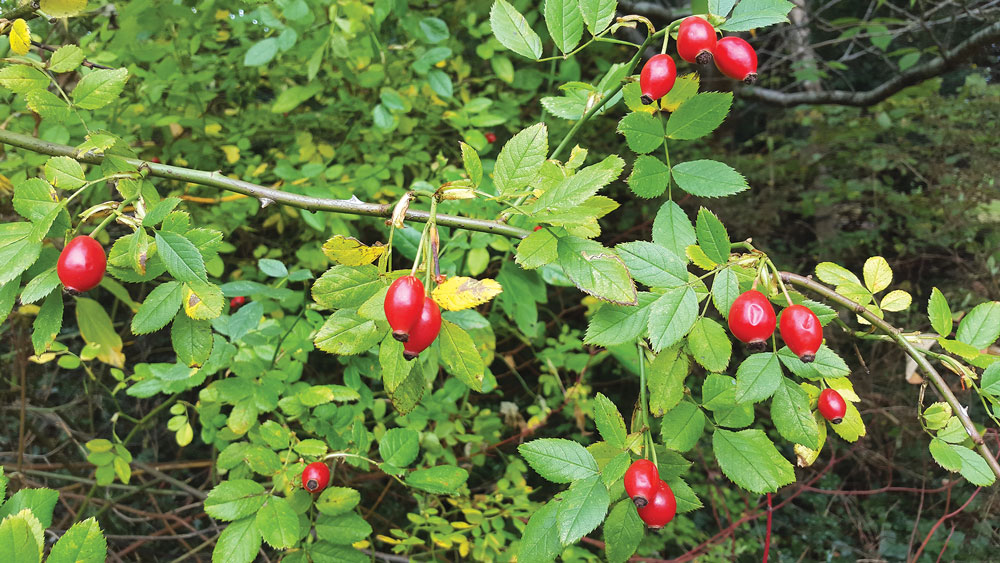

Nature on our doorsteps: Haws a key source for birds
Rosaleen Dwyer is the County Heritage Officer at South Dublin County Council – every week she gives us an insight into nature on our doorsteps and the beautiful biodiversity of its plants and wildlife.
The most widespread wild fruit in an autumn hedgerow is Hawthorn’s little red haw.
The word ‘haw’ is said to have been the old English name for a hedge, making Hawthorn the ‘hedge thorn’.
Because of its lovely sprays of white springtime flowers, it is also sometimes called the Whitethorn.
Haws are rich in Vitamin C, just like the Rose Hip which is the fruit of the wild rose.
Both are not very tasty, however, and are not widely eaten today. Also, haws have only a relatively thin layer of soft flesh.
Most of its size is taken up by an inedible stone or seed in the centre of the fruit.
In the past, haws were mostly picked and eaten casually as people walked along a roadside hedgerow. Our ancient ancestors, however, saw the plentiful annual supply of haws as a valuable harvest to be collected and stored.

Rose Hips are rich in Vitamin C, just like the haw
Preparing the haws took effort, however. The gathered fruit was first squeezed by hand to separate the inedible stones from the fleshy layers. The stones were discarded, leaving a mass of soft flesh which was either eaten immediately or was processed further.
Haws contain a lot of pectin, so when the wet fruit pulp was left aside to dry, the pectin helped the soft flesh to set into a more jelly-like mass. This could then be cut into slices and eaten raw or heated on hot stones to cook lightly. Alternatively, the slices were dried further and put aside for winter storage.
The haws, leaves, and flowers of Hawthorn were also used in folk medicine, where they were seen as an aid in the treatment of heart and blood pressure complaints.
While we may not eat haws today, these nutrient-rich fruits are a key food source for Blackbirds and Thrushes.
The abundance of haws in Ireland also draws flocks of winter migrants like Fieldfares and Redwings from northern Europe.
For full access to all content on Echo.ie and to support the continuation of local news and local journalism in your community subscribe HERE.
Thanks for your ongoing support.

